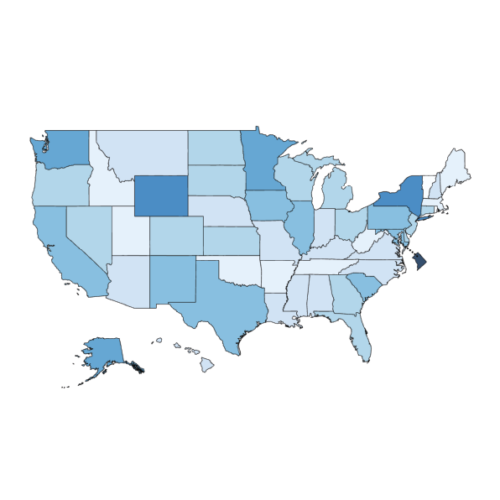Clean Indoor Air: A Guide for State Leaders to Improve Indoor Air Quality
Pandemic Center at the Brown University School of Public Health,
This guide from the Pandemic Center at the Brown University School of Public Health, together with 20 contributing organizations across public health, building science, healthy housing, law, and policy, provides an evidence-based roadmap for state and local leaders to strengthen indoor air quality policy, protect public health, and reduce disease transmission. Accompanying the guide are three action plans: one for governors, one for state health departments, and one for schools.
The guide was developed in partnership with the International WELL Building Institute, U.S. Green Building Council, and Environmental Law Institute, along with contributions from experts and advocates in indoor air quality, state policy, and healthy housing.
Americans spend 90% of their time indoors, and the majority of our exposure to airborne pollutants occurs indoors. Poor indoor air contributes to asthma, respiratory infections, and chronic disease. The guide highlights the practical steps that state leaders can take to improve indoor air quality in their state and local public buildings.
The guide focuses on three priority areas for action:
- Strengthen coordination and capacity: Appoint an indoor air coordinator, set targets for healthy indoor air, and publish clear guidance.
- Accelerate improvements: Adopt updated building codes, lead by example in public buildings, and offer financial and tax incentives.
- Target high-priority sectors: Improve air in schools, homes, nursing homes, and workplaces, where risks are highest.



